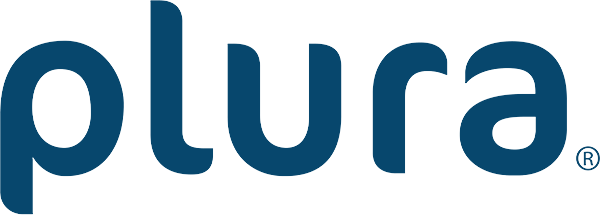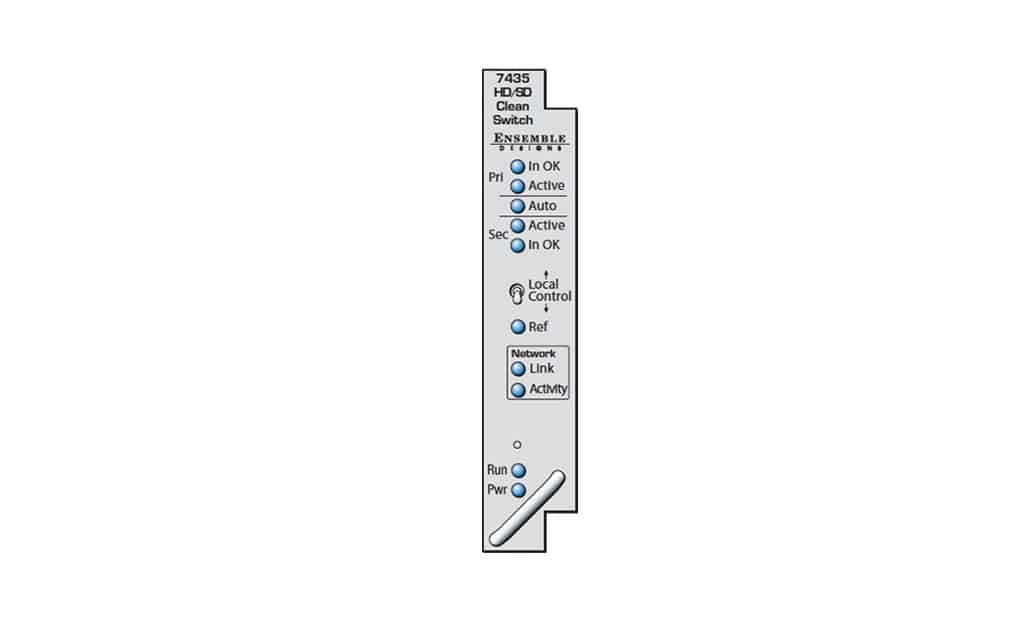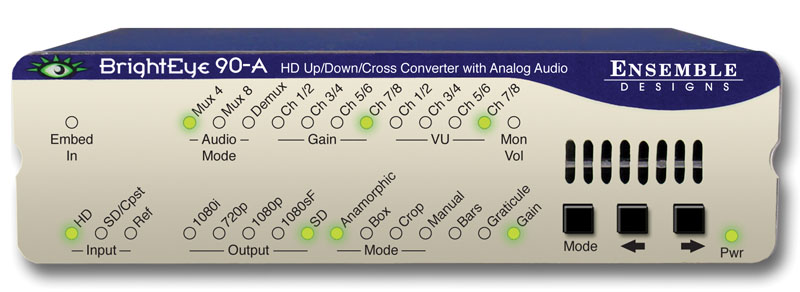Description
- Clean and quiet switch for SD and HD SDI signals
- Use for clean switching of asynchronous sources for critical, live feeds
- Full frame synchronizer with adjustable delay
- Quiet audio switching
- Passes embedded audio
- External genlock reference input
- GPIs and TCP/IP for automation control
- Fail-safe bypass in case of power failure
- Local and remote control
- Memory Registers





